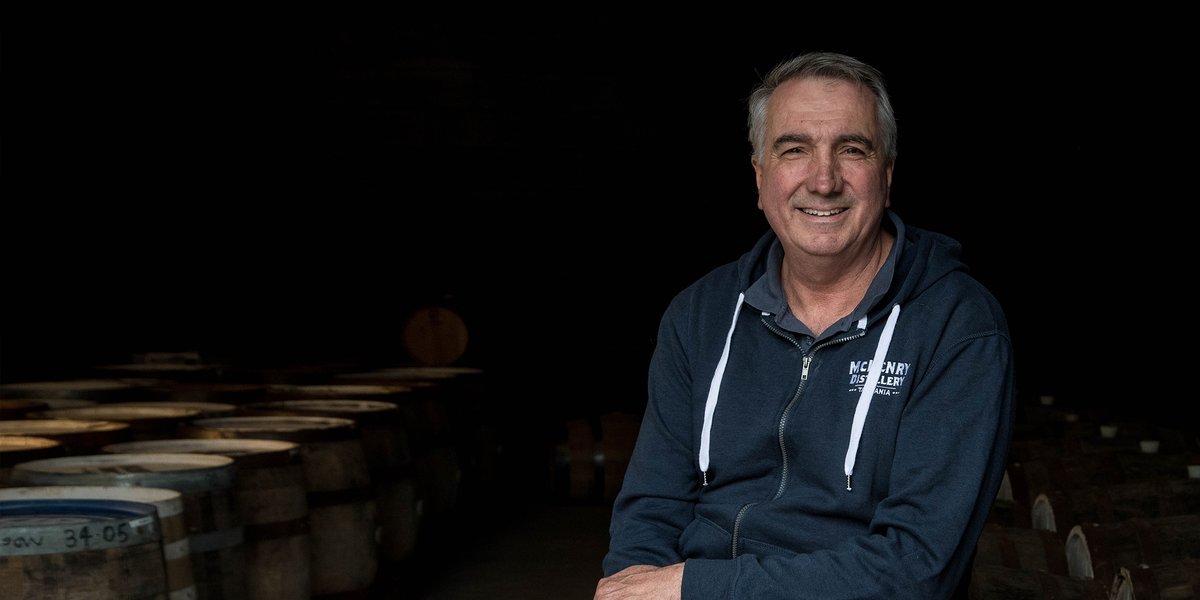Chris Manson & Alice Laing
"We just thought it was crazy that someone in Tasmania would be using a salt from the other side of the world, when you could be eating salt from Tasmanian water."
"The support that Tasmanians will give to Tasmanian producers and products is incredible. We've seen it right from the very start. People want things to be really, really uniquely Tasmanian."
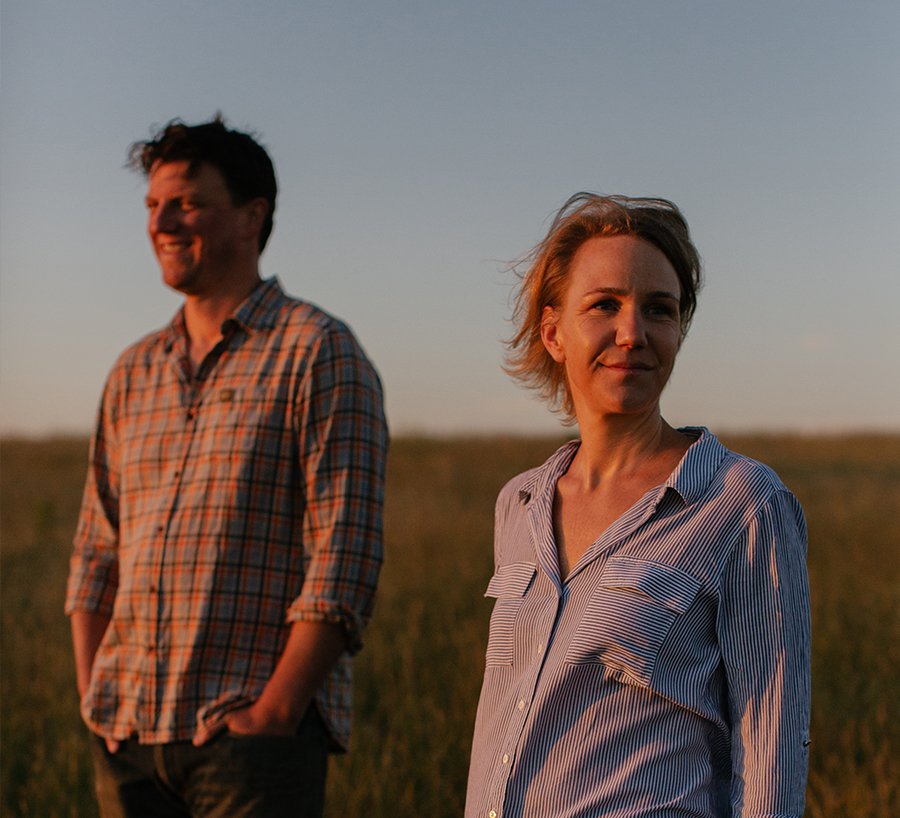
To harvest sea salt on a commercial scale, you need a few key things.
First you need the sea, which helpfully is already around 3.5% salinity. You also need a way to extract the salt, which tends to require either a lot of manpower and a very hot, dry climate, or loads and loads of energy.
If you want to do things a different — more Tasmanian — way, you just need the right environment, a supportive community, and little bit of ingenuity.
In 2011, when Chris Manson and Alice Laing made the decision to harvest salt off the east coast of Tasmania, they were living far away, in another briny place.
“We came here to visit my parents,” says Chris, who left Tasmania 10 years prior to live and work in London. “We noticed that they were using a salt called Maldon, which is a salt from the UK. We just thought it was crazy that someone in Tasmania would be using a salt from the other side of the world.”
It was Alice’s first visit to Tasmania, and she was completely taken by it. “Seeing it for the first time, it was beautiful. And the English Channel, it's disgusting,” she laughs. “Why would we be eating salt from there when we could be eating salt from Tasmanian water?”
Chris and Alice returned to the UK, where Chris was a lawyer and Alice was working in sponsorship for the London 2012 Olympic Games. They discussed leaving the UK and moving to Tasmania. They googled how to make sea salt. They drank some wine for a bit of Dutch courage, and decided to give it a go.

Chris and Alice started conducting trials while still in the UK. The Mediterranean, salt producing capital of the world, uses big, open salt flats; relying on hot sun and no rainfall for eight to twelve months of the year to evaporate the fresh water and leave salt behind. The UK method of mechanically boiling off the fresh water would be better suited to Tasmania’s climate, but the energy requirements for such high, rolling temperatures did not make for a clean process. This did not sit right with Chris and Alice.
“Our first batch of sea salt was actually from the same waters that Maldon comes from, the English Channel,” says Alice. “My grandmother's house was in Suffolk; we ran her kitchen out of gas on her little stove. It was very energy intensive, and that really didn't fit with what we wanted to do in Tasmania, in this beautiful, pristine environment, which is what inspired us to do this in the first place. We needed to make sure that anything we did could reflect that.”
From the UK, Chris and Alice started working with an engineer in Tasmania to come up with a production process that was mechanized, yet used naturally occurring energy for a completely clean product. In 2013 they packed up their life in the UK and moved to the east coast of Tasmania with a pilot plant, but not much else.
“It’s been a very steep learning curve,” says Alice. “It's not like if you're in an office and your computer breaks down, and you just send for someone to fix it. It's a really different process to anything anyone's ever used. It’s been a lot of trial and error. You're making a lot of mistakes. But we've also relied hugely on people; while it’s totally unique, we've got assistance in all the small moving parts of it. Our landlord is a farmer, so he knows a lot about irrigation and pumps. There's a lot of transferable skills.”
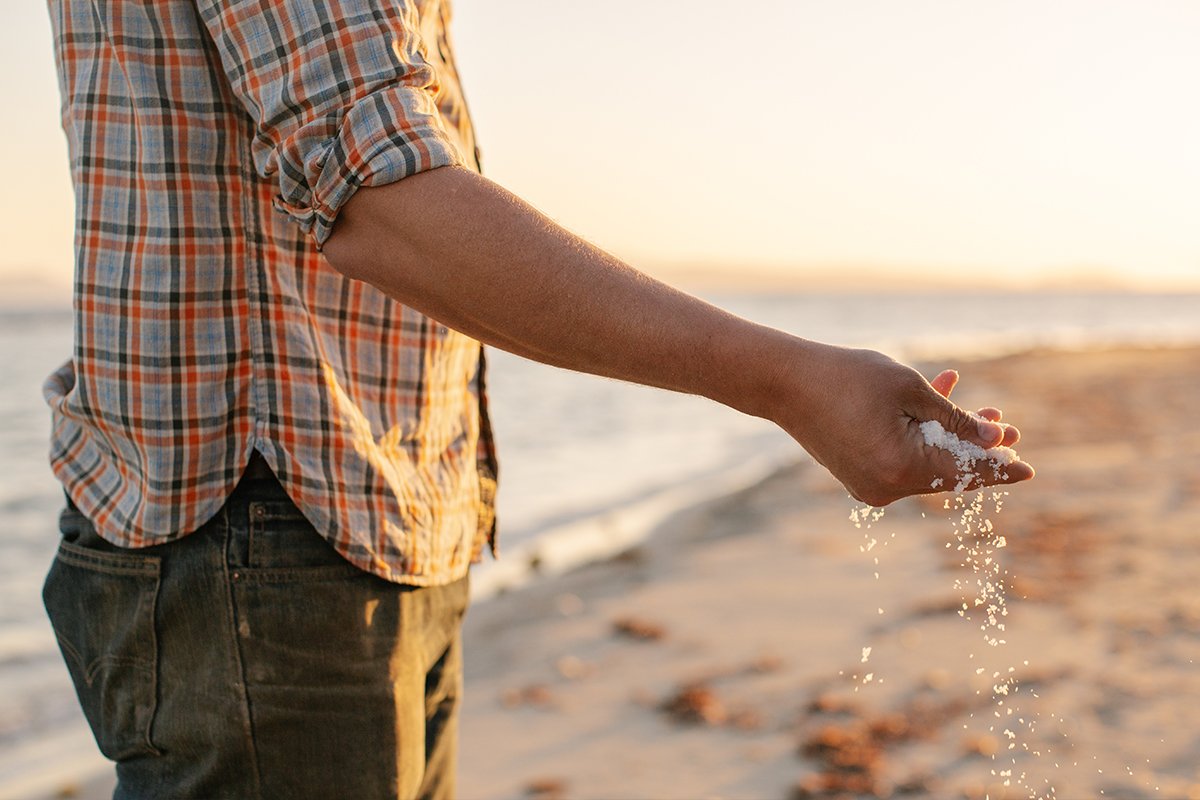
When Chris and Alice arrived in Tasmania, they knocked on local farmers’ doors, looking for someone to lease them a small parcel of land with some very specific requirements. What they eventually found was not just a piece of land, but a community willing to help them navigate an entirely new idea.
“We weren’t sure what the local farmers would think,” says Chris. “We thought there’d be some reluctance, but when you look at it – a lot of what they do has really transformed over the last 20 or 30 years. In an area like the East Coast, you’ve got farms that have historically been only sheep, to a lot of them pivoting to growing grapes, and even winemaking. They understand change, they’ve been super supportive and incredibly helpful.”
Tasman Sea Salt has been harvesting for eight years now. They harness solar power during the day and thermal energy from the ocean at night to evaporate seawater, just a few hundred metres from the shore. Fresh water is their only by-product, and at the end of the process they’re left with pure, bright white salt flakes.
Chris says the supportive spirit they’ve found in their neighbours extends to the rest of Tasmania, too. Chefs, hospitality venues, and other producers have welcomed them with open arms. In a place where small and special often equals more expensive, people understand that supporting one another is necessary for success.
“I feel like Tasmanians are so proud and loyal to Tasmanian products. As a general rule, Tasmanian products are probably a little more expensive than a lot of products out there. And, as a general rule, Tasmanians probably don't have the disposable income that a lot of people in other states do. But the support that they will give to Tasmanian producers and Tasmanian products is incredible.”
“We've seen it right from the very start,” Alice agrees. “Working with local chefs who were so keen to help and support in those early days, their input was really invaluable. The number of Tasmanian producers that use our salt in their products as well. People want things to be really, really uniquely Tasmanian.”
Chris & Alice are featured in partnership with our friends at Trade Tasmania.

We worked with north west Tasmanian photographers Moon Cheese Studio and southern Tasmanian cinematographer Joshua Lamont ACS for this Tasmanian story.
You can find these images and more in our Tasmanian Partner Toolkit.
Read about more Tasmanians
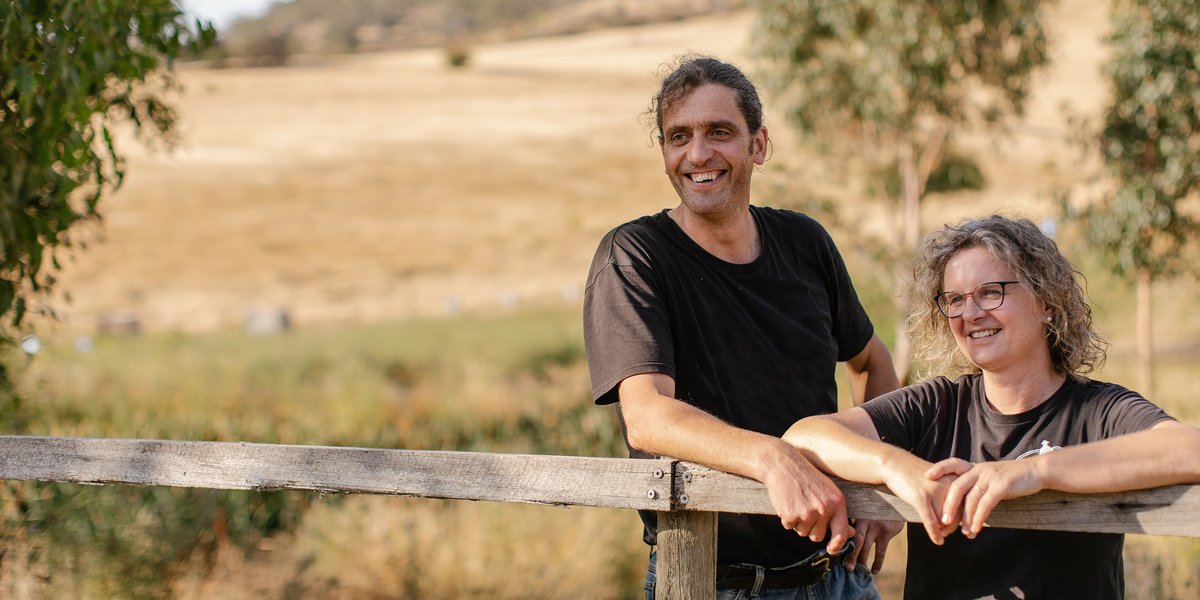
Ashley & Jane Huntington
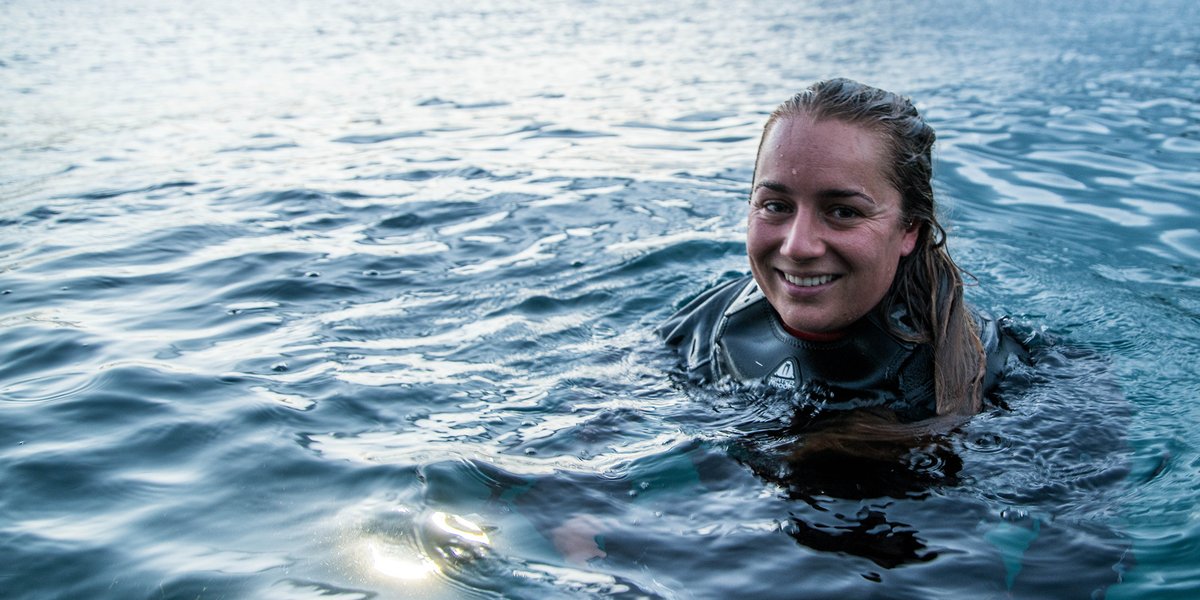
Joanna Smart
